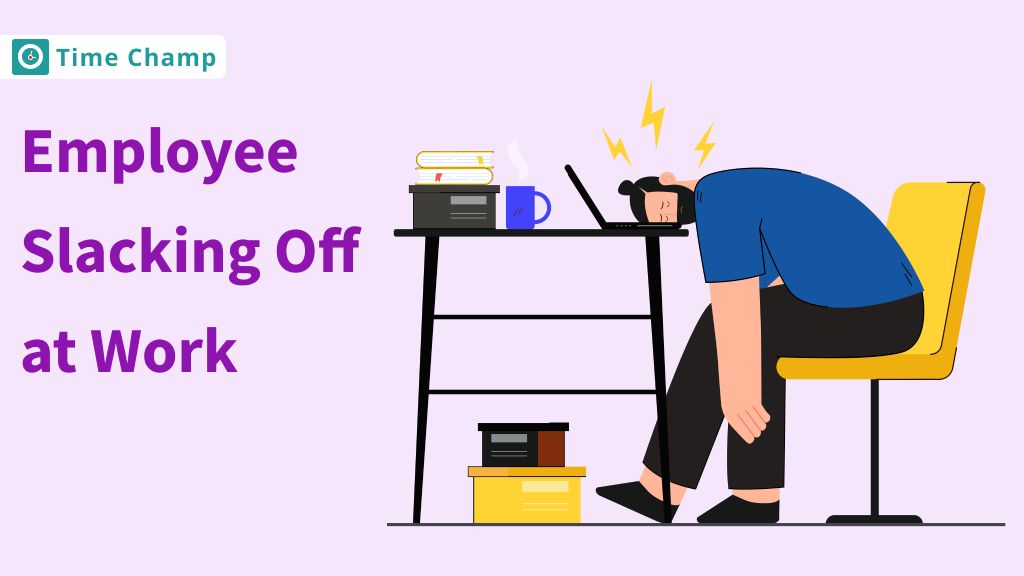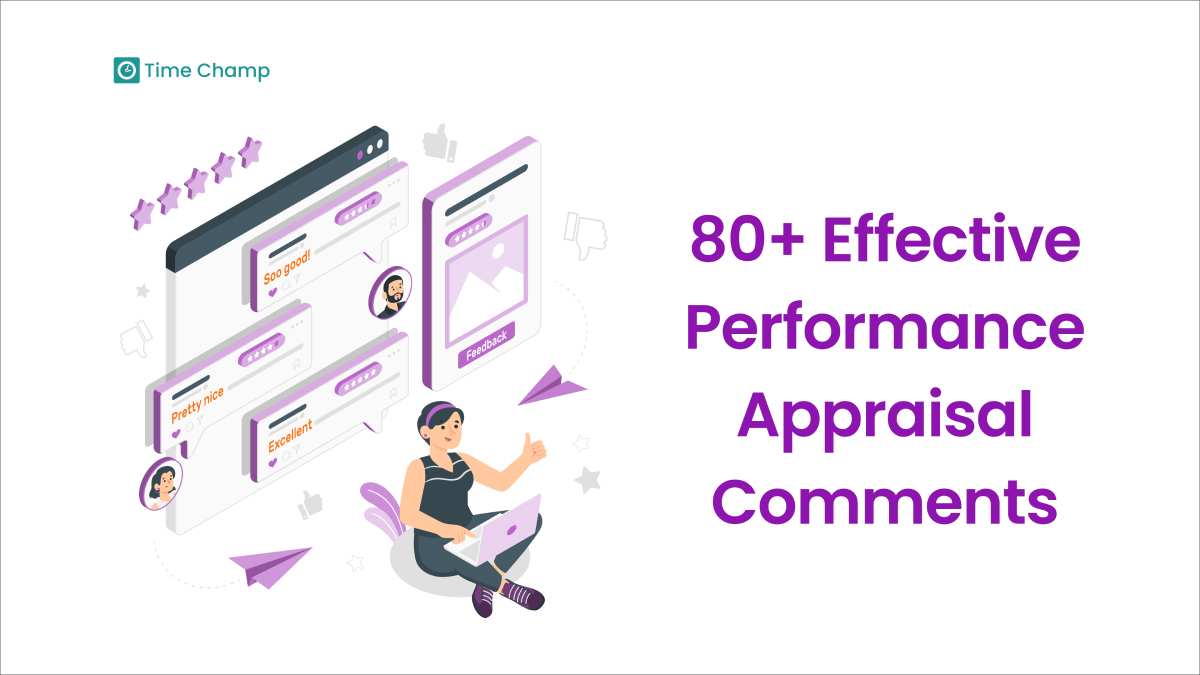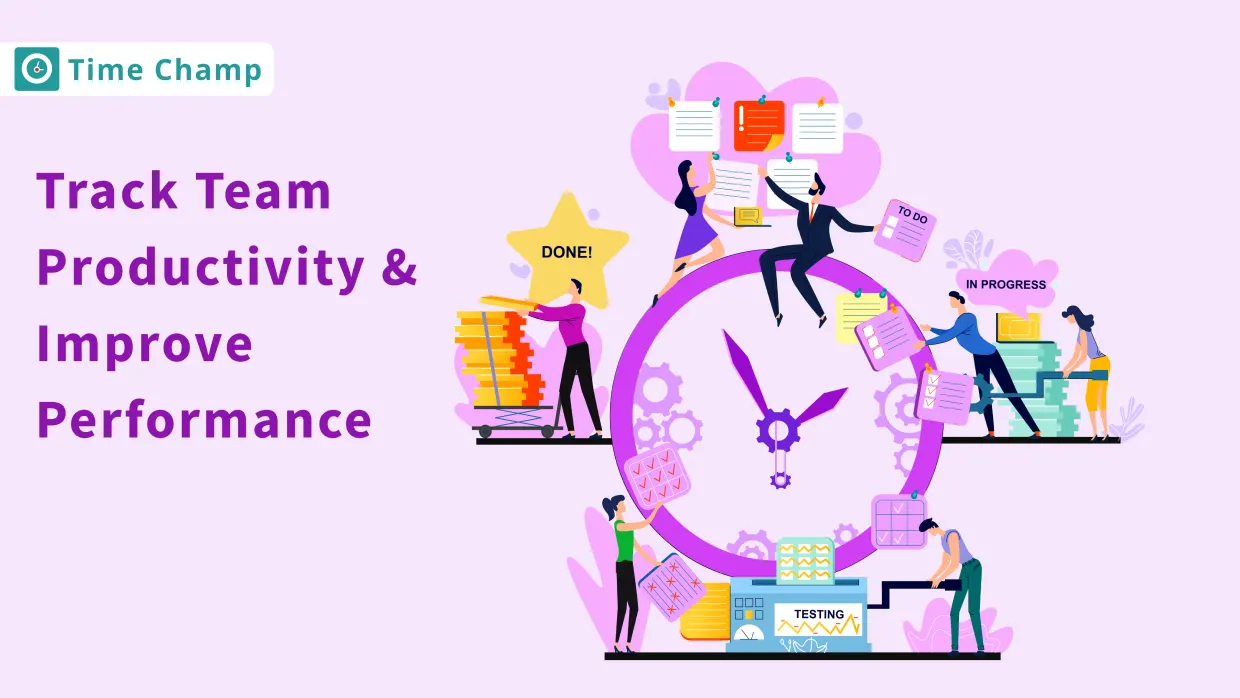In case of poor performance of employees, it is essential to discuss it in a systematic and supportive manner. A Performance Improvement Plan (PIP) is exactly that, it is a strategic plan to assist the employees to perform well and at the same time enable the organization to be of high standards.
Gallup shows that only 23% of employees are engaged in the workplace, and unengaged employees are usually the ones who underperform. This renders the importance of knowing how to write a performance improvement plan essential to any manager. An effective PIP not only provides an outline of what is expected but also provides an opportunity for employees to rectify the situation before it is taken any further.
We will take you through all you need to know regarding how to create a performance improvement plan, how to execute it, and how to monitor the progress.
How to Create a Performance Improvement Plan?
A Performance Improvement Plan is not a list of what is wrong; it is a step-by-step guide to success.
Step 1: Identify the Performance Issues
Begin by recording particular areas that are not performing well. Employ performance review data, KPIs, attendance, or customer feedback. The idea is to aim at being objective and not emotional.
- Employ quantifiable measures (e.g., missed 3 out of the past five project deadlines).
- Use factual language and do not blame.
- Ensure that you are in tandem with HR policies and documentation procedures.
Step 2: Describe the Impact
Describe the impact of the employee on the team, customer relations , or business objectives. This provides a background and demonstrates why it is necessary to improve.
Example: Late deliverables have affected our renewal rate by 10 percent due to late deliverables to the client.
Step 3: Set Clear, SMART Goals
After defining the problem, establish SMART goals (Specific, Measurable, Achievable, Relevant, and Time-bound goals.)
Write instead of saying, improve communication.
“Respond to all internal project emails within 24 hours, Monday to Friday, for the next 30
days.”
Step 4: Define the Support You Will Provide
Employees should be informed that they are not alone. Outline any training, mentoring, or tools that will be provided.
- Weekly one-on-one coaching sessions
- Courses to upskill online
- Project management software availability
Example:
Step 5: Outline the Timeline and Review Process
The average PIP is 30-90 days. Establish mid-point and final review dates. Explain how progress is going to be measured and what success will be.
Employees should sign the document just to confirm that they have received it, not that they agree with it.
Learning how to develop a performance improvement plan provides employees with a sense of direction and order, both of which and trust.
How to Implement a Performance Improvement Plan
Step 1: Identify Underlying Issues
Find out why there is a problem with performance. Is it due to a lack of training, confusion of expectations, or personal issues?
Step 2: Involve the Employee
Ask the employee to express their view. Communication in both ways will help to facilitate communication and decrease resistance.
Step 3: Set Clear Objectives
Stipulate expectations and ways of measuring. Define in detail deliverables and deadlines.
Step 4: Agree on Training and Support
Determine the gaps in skills and give training opportunities. This creates a sense of support for the employee rather than an attack.
Step 5: Review Progress Regularly
Monitor progress weekly or even bi-weekly. Record every check-in to be legal and transparent.
All these are essential steps to follow unless you are learning to apply a performance improvement plan fairly and consistently.
How to Track PIP Progress
You know how to complete a performance improvement plan, but without knowing how to track it, it is just halfway:
Define Clear Metrics
Start by establishing achievable goals for every performance problem. These measurements must be more concrete and related directly to job requirements, like the completion of the tasks on time or the enhancement of the level of accuracy of the functions.
Schedule Consistent Check-ins
Have meetings every week or every two weeks to discuss progress. These meetings maintain dialogue and provide both the manager and the staff member with an opportunity to discuss the issues and realign objectives in case it is necessary.
Document Every Interaction
Make notes of check-ins, updates, and action items. It is also of use to have proper documentation that will enable one to trace progress, and that such decisions may be necessary when the plan is over.
Evaluate Outcomes Objectively
The bottom line is that the end of the PIP period should entail evaluation of the worker's performance according to the initial metrics. When goals are achieved, the plan will come to an end successfully. Otherwise, analytics will be needed to extend the PIP or make additional efforts. A reasonable and uniform tracking system keeps the process both professional and outcome oriented.
Frequently Asked Questions
The period of most PIPs ranges between 30 and 90 days, depending on the level of the problem. The time scale has to be in line with the intricacy of targets.
Yes. In case such an employee works diligently but has not achieved all the targeted objectives, another 2-4 weeks may be added to the plan. Reasons for extensions should always be recorded.
Yes. To bestow employee dignity and company integrity, PIPs remain between the manager, HR and the employee.
Remote workers enjoy effective communication, written check-ins, and online productivity apps. In case you wonder how you can keep remote work performance improvement plans under control, frequent video calls and time management applications such as Time Champ are the solution to this issue.







